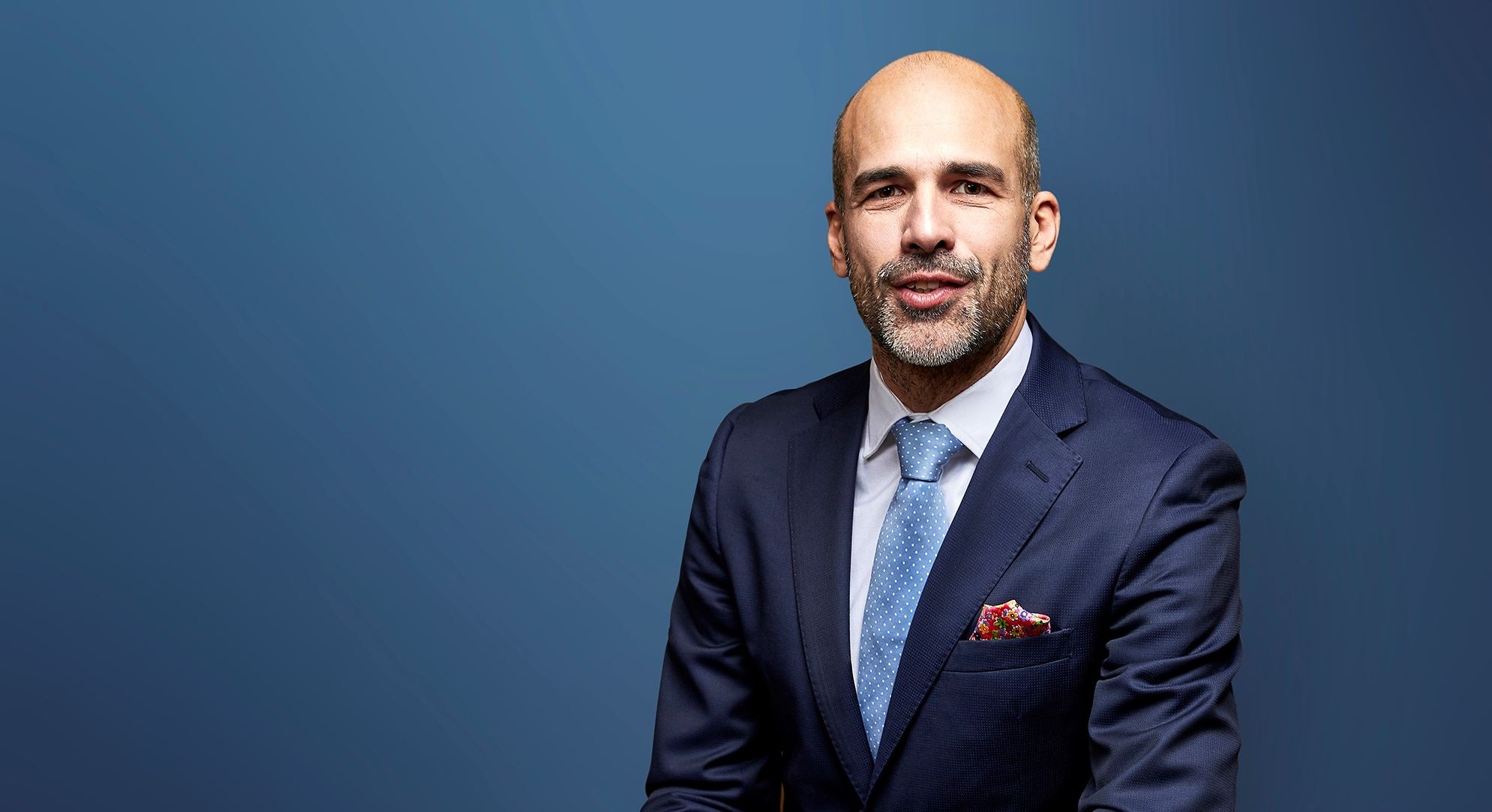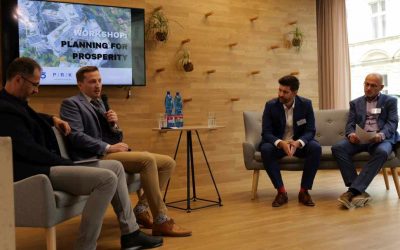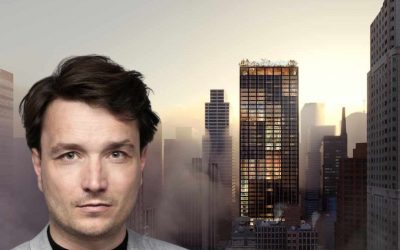Renewed energy is building at the bottom of Wenceslas Square, and it’s largely the result of reconstruction work that finished roughly a year ago. The design for the square’s new look was drawn up by the architect Jakub Cigler back in 2005, but the typical opponents of change blocked its implementation for nearly two decades. Jan Kotrbaček, a partner at Cushman & Wakefield, says that with life returning to that part of the square, retailers are taking notice. “The lower part of Vaclavské nám. prior to Covid was preferred by many retailers as being an unattractive . . .
------------------------------------------------------------------------------
Subscriber content
Archival content is available to subscribers only. If you have a membership subscription and are are experiencing issues logging in, please try the login below:
If you're interested in reading further, why not gain full access to the archives by subscribing?
Order your subscription here and we'll send you an invoice.
Annual memberships (€100/yr) can also be paid for by credit card, or you can pay month-to-month by clicking here.






